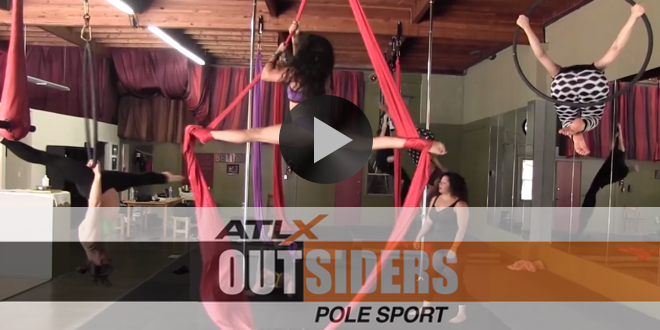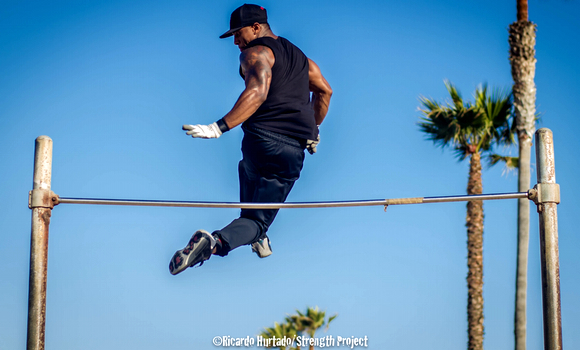By: Sarah McWilliams

According to mythology, when Achilles’ mother Thetis dipped him in the River Styx, she held him by his heel. Achilles became invincible only where the river touched him. Therefore, his heel was left vulnerable.
Achilles’ heel has come to mean an area of weakness. And with people facing up to a 3-12 month recovery time for an Achilles rupture or partial tear, the phrase stands true not just in the proverbial sense. ATLX consulted KJOC Orthopedic Surgeon Dr. Kenneth Jung to learn more about Achilles tears and ruptures.
Achilles overview
The Achilles tendon is the largest tendon in the body and is essential for active individuals. The tendon connects the heel to the calf muscle and stretches and contracts as you walk. It allows you to walk, point your toes, jog and jump. The tendon also helps control your body weight when you’re walking up and down stairs. While Achilles tendons are used by people every day, they are especially crucial for athletes competing in explosive sports where jumping or darting are the norm.
Who is at risk?
The Kerlan-Jobe Orthopaedic Clinic sees more male patients with Achilles tendon injuries than female patients. However, there isn’t any evidence to prove that sex has any correlation. One possibility is that the types of activities that tend to cause this type of injury happen more often in male-dominated arenas. This injury is also more common for people in the 30-50 age range. Racquetball, tennis, football and basketball are all sports where people experience this type of injury the most.
As we age, our body slowly degenerates, which can cause tendons to tear more often than when we’re younger. Therefore, doctors see this injury in older populations more often than teens or young adults.
Signs and symptoms
One day you could be playing a game of pick-up basketball and feel fine and then the next minute you can’t walk. Achilles tears typically don’t give many signs that they are about to happen. Sometimes people will feel soreness and minor pain while doing physical activity, but it generally happens without much warning.
Prevention
For the everyday athlete, Achilles tears tend to be seasonal. As spring hits, more people head out to the courts or running paths. For those who spent a relatively sedentary lifestyle over the winter, the sudden exertion can place the Achilles at risk for rupture.
“People are relatively less active or inactive during the winter,” Dr. Jung said. “So when they roll out in spring, they may not stretch adequately or they pick an activity that they haven’t played in a while. That’s when the tendon ruptures.”
Although there is no sure fire way to prevent an Achilles tear, it’s smart to get back into workouts gradually.
“Don’t just go out and play an entire game of basketball,” Dr. Jung advised. “Shoot around for a while first.”
Unfortunately, this type of injury is sometimes unavoidable, because of degeneration or simply bad luck.
When to see a doctor

The Achilles tendon is the thickest tendon in the body and is necessary for athletic activities. So if you rupture or tear this tendon, you are going to feel it. Many times, people say it feels as though someone kicked them in the back of the leg. But when they look behind them, no one’s there.
If you suffer a partial tear instead of a rupture, it may not feel too severe. But it’s important to see a doctor if that area of the body begins swelling. With a partial tear, many times the tendon will thicken up as well. When the swelling goes down, people will notice a lump or a nodule within the tendon.
Recovery
Surgery may be performed for a ruptured tendon. An extensive recovery period is required for both operative and non-operative treatment. In addition to the time to allow tendon healing, the calf muscle loses much of its strength during this time, which also contributes to the long recovery period.
For a typical athlete, it will take about a full year to recover from an Achilles rupture and anywhere from 3-6 months to recover from a partial tear. There is very little way to speed this process up, and physical therapy is almost always necessary to aid in the recovery.
For more information on the Kerlan-Jobe Orthopaedic Clinic visit their website here.
 ATLX The only sports entertainment television and digital media network fully devoted to everyday athletes, athletic lifestyle and athletic culture.
ATLX The only sports entertainment television and digital media network fully devoted to everyday athletes, athletic lifestyle and athletic culture.




